Naturhistorisk Museum Aarhus Ice Age Deck
2018 – (See Cards | Host Info | Download Danish cards/rules | Download English cards/rules)…
This deck is based on the exhibition “Back to the Ice Age” at the Natural History Museum in Aarhus, Denmark. During the Ice Age, Denmark was partially covered by glaciers and this deck represents a wide variety of the biodiversity that would have been found there.

Natural History Museum, Aarhus
Home Card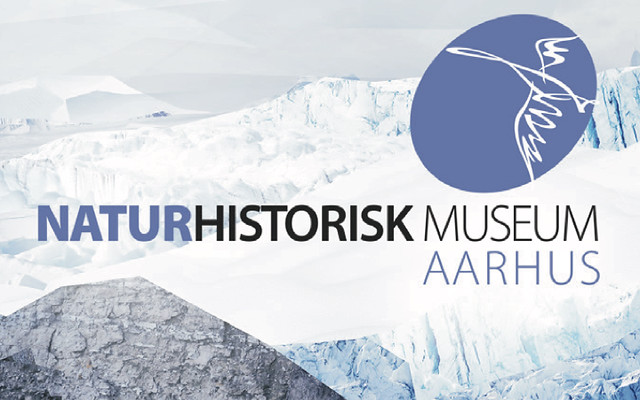
FACT: The game is based on the exhibition ”Back to the Ice Age” at the Natural History Museum in Aarhus. During the Ice Age, Denmark was partially covered by glaciers.

Mammoth Steppe
Home Card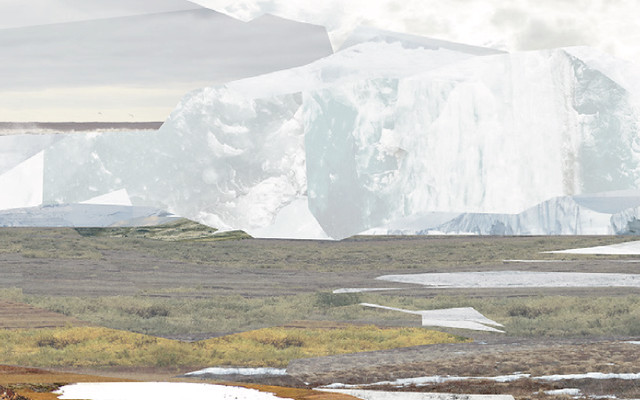
FACT: South of the ice was the Mammoth steppe, which stretched from Western Europe, over Siberia, all the way to North America; 10,000 km long and 2,000 km wide.

European Saber-Toothed Cat
Homotherium latidens

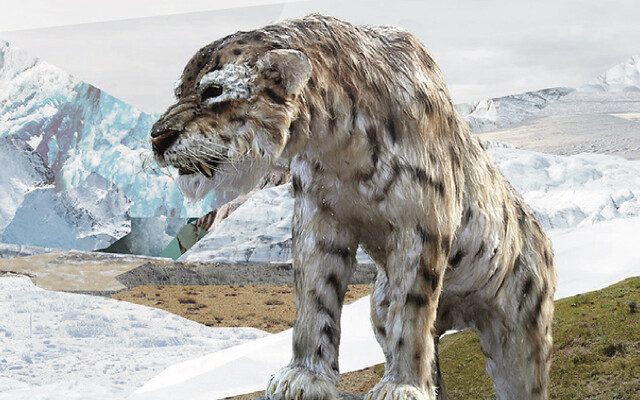
EXTINCT | 8 POINTS
PLAY: Move of 2. The card may be put next to all sizes of herbivores.
FACT: The European saber-toothed cats are often wrongly called “saber-toothed tigers”. Saber-toothed cats belong to their own genus.

Woolly Mammoth
Mammuthus primigenius

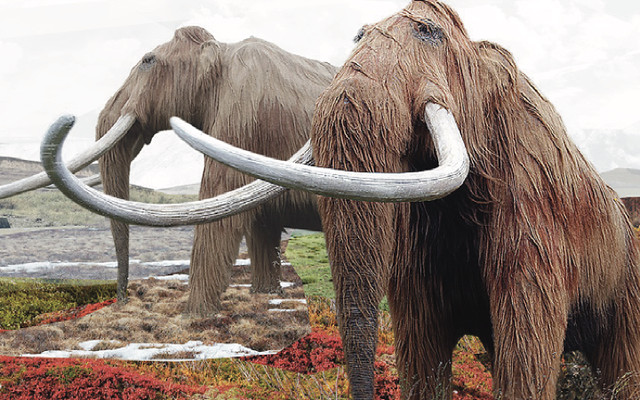
EXTINCT | 4 POINTS
PLAY: Move of 1
FACT: The mammoth’s tusks grow throughout life of the mammoth. By counting the growth rings at the thickest point, one can find out how old the mammoth was. They grew about 10 to 20 cm each year.

Woolly Rhino
Coelodonta antiquitatis

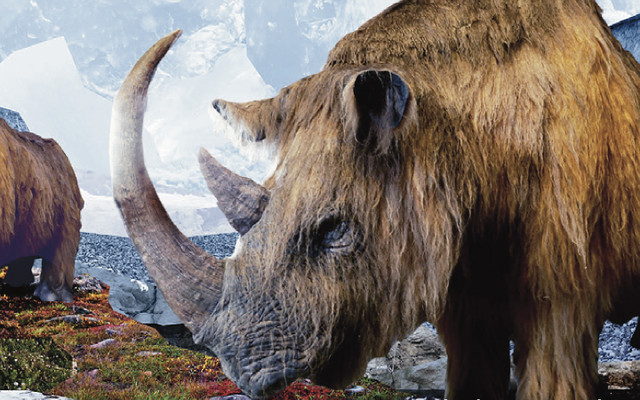
EXTINCT | 4 POINTS
PLAY: Move of 1
FACT: When horns from woolly rhinos were found in Russia during the 19th century, many believed they were the claws of giant birds, because they were found apart from the rest of the body.

Arctic Poppy
Papaver radicatum


2 POINTS
FACT: The flowers of the Arctic poppy fol- lows the sun’s movement across the sky. In this way it increases the temperature inside the flower creating an attractive microclimate for insects seeking warmth.